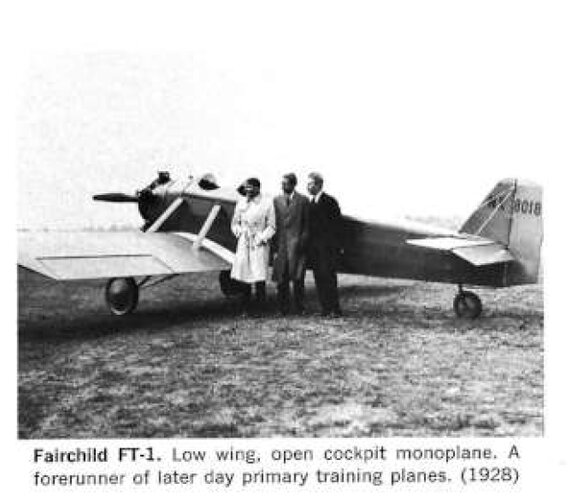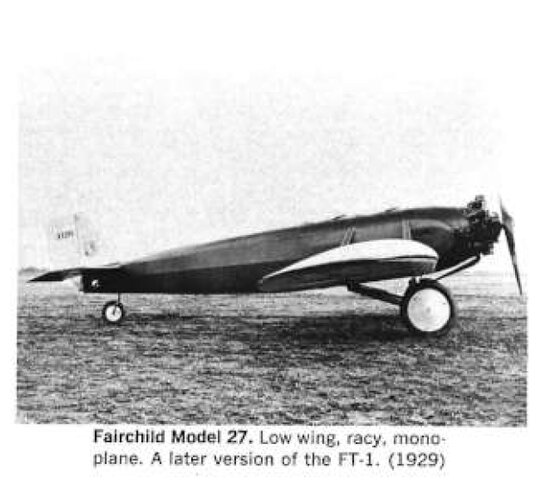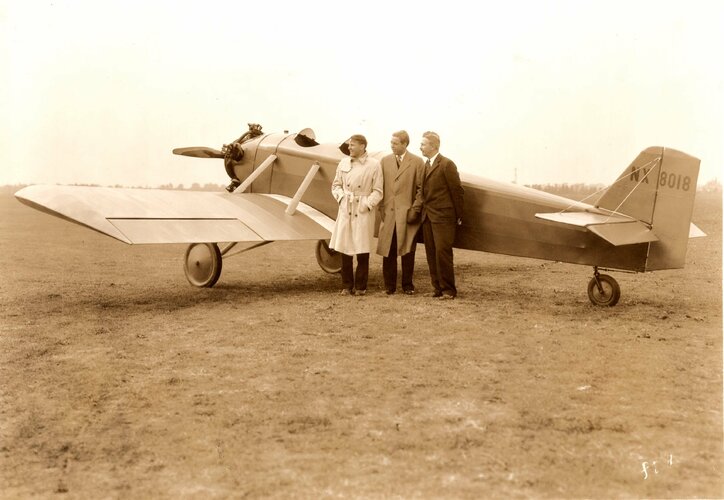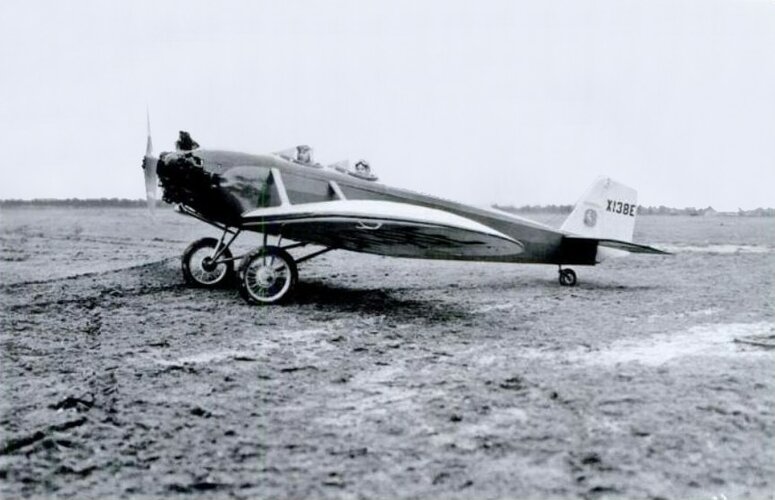- Joined
- 25 June 2009
- Messages
- 14,107
- Reaction score
- 4,239
First of all, allow me to refer you to the existing topics we already have on Fairchild designations:
Originally, Fairchild was only an aerial photography company, designing and building aerial cameras and purchasing aircraft from various manufacturers for their work. Then it started building its own types with the advent of the FC- series in both the USA and Canada. Again I refer you to Apophenia's excellent research work on the FC- series featured in the Canadian Fairchild topic.
Throughout its long and complicated history, Fairchild often purchased other companies and their designs, which ended up being labeled Fairchild although they did not originate with the company's design teams.
- Fairchild M- list
http://www.secretprojects.co.uk/forum/index.php/topic,3686.0 - Fairchild of Canada
http://www.secretprojects.co.uk/forum/index.php/topic,22951.0
Originally, Fairchild was only an aerial photography company, designing and building aerial cameras and purchasing aircraft from various manufacturers for their work. Then it started building its own types with the advent of the FC- series in both the USA and Canada. Again I refer you to Apophenia's excellent research work on the FC- series featured in the Canadian Fairchild topic.
Throughout its long and complicated history, Fairchild often purchased other companies and their designs, which ended up being labeled Fairchild although they did not originate with the company's design teams.




